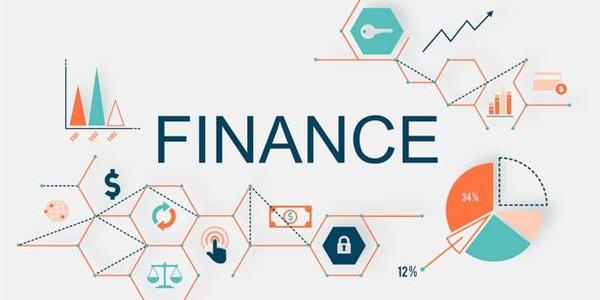Introduction
The approval and launch of spot Bitcoin exchange-traded funds (ETFs) in the US have been among the most anticipated financial products of recent years. As 2024 closed, the $129 billion in total net assets held by these ETFs suggests that 2025 will be even more groundbreaking.
What are ETFs?
ETFs are financial products that reflect the value of their underlying assets. Regulated, transparent, and highly liquid, they provide investors with access to assets they might otherwise be unable or unwilling to hold directly. This format is especially appealing for cryptocurrencies, as it offers a regulated, widely accessible, tax-efficient investment option.
The SEC’s Rejection of Spot Bitcoin ETFs
Since 2013, the US Securities and Exchange Commission has consistently rejected all spot Bitcoin ETF applications. Firms such as VanEck, WisdomTree, Bitwise, ARK Invest, 21Shares, and Grayscale faced repeated refusals.
The Approval of Futures-Based Bitcoin ETFs
In 2021, the SEC approved futures-based Bitcoin ETFs, with ProShares’ BITO being the first to launch. Initially a success, it reached $1 billion in assets within just two days. However, investors’ interest in BITO declined quickly, with its assets under management (AUM) dropping from a peak of $1.4 billion to $500 million within a year.
The Limitations of Futures-Based ETFs
This plunge corresponded with the broader crypto market crash but also reflected the limitations of such a product. Futures-based ETFs, while allowing their holders to profit from Bitcoin price movements, lack the efficiency of spot ETFs, which hold actual BTC. Furthermore, spot ETFs create immediate buying or selling pressure, directly influencing Bitcoin’s price and liquidity.
The Rise of Spot Bitcoin ETFs
In the world of ETFs, the spot Bitcoin ETFs quickly became a phenomenon. From the outset, the nine new ETFs (excluding Grayscale and Hashdex) shattered many industry records, generating $2.2 billion in trading volume on the first day, with the iShares Bitcoin Trust ETF (IBIT) alone accounting for $1.5 billion.
The Performance of Spot Bitcoin ETFs
Starting with a total AUM of $8.8 billion from Grayscale’s Ethereum Trust, their performance was more subdued compared to Bitcoin’s. However, by year-end, they had grown modestly to $11 billion, according to The Block.
Will More Crypto ETFs Launch in 2025?
The start of 2025 shows that interest in spot Bitcoin ETFs remains strong, even amid a market correction. According to Farside, the ETFs have already attracted $1.1 billion in net inflows year-to-date. As Bitcoin continues to gain recognition in political and financial circles, this momentum could persist and maybe even expand to other cryptocurrencies.
The Possibility of New Crypto ETFs
For instance, the possibility of a spot Solana SOL ETF has become a hot topic in the crypto community — so much so that Polymarket users now assign a 74% probability of an SOL ETF being approved in 2025. The chances of an XRP ETF are estimated at 70%. VanEck, 21Shares, and Canary Capital have already filed for such ETFs.
Conclusion
The rise of spot Bitcoin ETFs has been nothing short of remarkable. With a total AUM of $129 billion, they have captured the imagination of investors worldwide. As more cryptocurrencies gain recognition, it’s likely that we’ll see even more innovation in the space. Will 2025 be the year of the crypto ETF? Only time will tell.
Explore More Articles Like This
Subscribe to the Markets Outlook newsletter for critical insights to spot investment opportunities, mitigate risks, and refine your trading strategies.
Delivered every Monday, our newsletter provides expert analysis on market trends, news, and developments. By subscribing, you agree to our Terms of Service and Privacy Policy.
This article does not contain investment advice or recommendations. Every investment and trading move involves risk, and readers should conduct their own research when making a decision.




